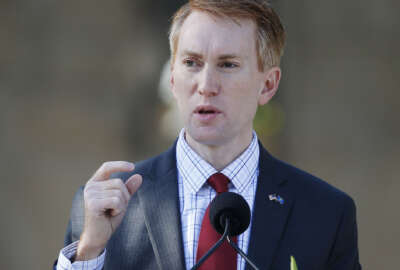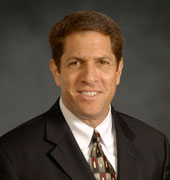
How to keep millennials engaged throughout their federal careers
Millenials in the federal workforce feel engaged in their agency's mission, but it remains to be seen how motivated they'll feel about the civil service midway ...
Millennials in the federal workforce feel engaged in their agency’s mission, but it remains to be seen how motivated they’ll feel about the civil service midway through their government careers and beyond.
Federal employees in the millennial demographic — that’s age 39 and younger — make up less than half of the total federal workforce, but data from the Federal Employee Viewpoint Survey shows they’re more more engaged in their work than their mid-career coworkers.
Robert Goldenkoff, director of strategic issues at the Government Accountability Office, told the Federal Drive with Tom Temin that 70.8 percent of millennials felt satisfied with their workplace, compared to a governmentwide average that’s in the mid-60 percent range.
“It just shows how federal agencies, if they are looking to attract and retain millennials, they’re starting from a position of strength. It’s a good news story. The key, though, is how to retain those levels of engagement as they move through their career,” Goldenkoff said.
With 31 percent of the federal workforce eligible to retire by September 2019, federal agencies find themselves deep in thought over how to hire and retain the next generation of career feds.
In its latest report, GAO found that employee engagement declines for most workers mid-career, but trends upward toward age 50 and beyond.
“The numbers, those engagement levels, they tell you the ‘what,’ but agencies need to do the workforce analytics to get behind the ‘so what’ — what do those numbers mean, what’s driving those engagement scores,” Goldenkoff said. “It’s convenient to apply labels to all these different age groups, but I think if agencies try to manage off of those labels, they may fall short.”
Part of the solution, he said, is for agencies to recognize that different employees have different needs at different phases of their lives.
“Early in your career, you’re trying to move up, you’re looking for career development opportunities for growth, and then later on in your career, those different motivations and incentives change. And so it’s not a one-size-fits-all approach,” Goldenkoff said.
GAO also found that all worker demographics, regardless of age, respond to the same drivers of engagement — such as constructive performance conversations, and career development and training.
Goldenkoff said as agencies get more in the weeds improving their hiring practices, they should take a holistic approach to changes being made.
“When it comes to hiring a talented workforce, you need to have a robust talent management strategy across the entire employee lifecycle, so you could improve recruitment on the front end, but if your onboarding system is not up to snuff, if you don’t focus on professional development and training, everything else is for naught,” he said.
GAO recommends that the Office of Personnel Management stay the course on its hiring excellence campaign, the latest in its series of hiring initiatives.
“OPM does have a tendency to change acronyms and change programs, and that’s costly for agencies. Just when they get used to one program, and what it means and what the requirements are for them, OPM changes the name, and so it’s hard to follow,” Goldenkoff said.
At the same time, Goldenkoff said agencies also need to get the word out when it has positions it needs to fill.
“Agencies need to recruit more actively. There are a lot of people who are interested in federal employment at all ages, they just don’t always know what jobs are available in the federal government or how to get into the federal government, and that’s the role that agencies can play,” Goldenkoff said.
Copyright © 2024 Federal News Network. All rights reserved. This website is not intended for users located within the European Economic Area.
Jory Heckman is a reporter at Federal News Network covering U.S. Postal Service, IRS, big data and technology issues.
Follow @jheckmanWFED




